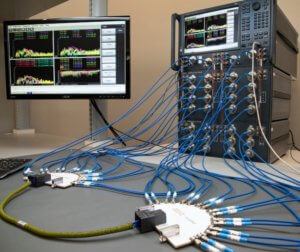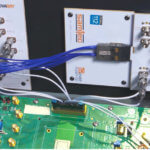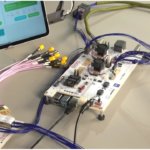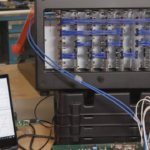Our friends at Signal Integrity Journal recently hosted a one-hour panel discussion on Practical Connector Characterization Techniques. It was moderated by Eric Bogatin, University of Colorado in Boulder, the Technical Editor for Signal Integrity Journal, and a Teledyne LeCroy Fellow.

Many papers are published about building models of interconnect structures such as connectors. But what is done in practice? This panel gathered industry leading suppliers of connector components and simulation software and gave them a chance to show off the methods they use on a daily basis to model or verify high bandwidth electrical models of their components. Sometimes there were multiple right answers.
Those experts were Steve Krooswyk (Samtec), Vivek Shah (Molex), and Amir Asif (Cadence).
Guided by audience questions, the panel continued to come back to one central theme: connector s-parameter quality. Discussion around how to create them, perform causal validations, and confirm accuracy to measurements were discussed at length. The audience undoubtedly came away with an increased understanding of what is important when it comes to s-parameters, including their behavior and how to properly handle them.
If you are familiar with Samtec Final Inch support, you probably understand another significant topic discussed in the panel: the connector footprint and break out region. The PCB is always present, but the degree of necessary optimization is not always clear. The panelists discussed their opinion about the bandwidth at which this is important, and how encrypted 3D models can assist with accurate simulation on specific stack ups.
Here’s a link to the archived recording of the discussion on practical connector characterization techniques.
Other links that relate to high bandwidth connector services and support include:



Leave a Reply